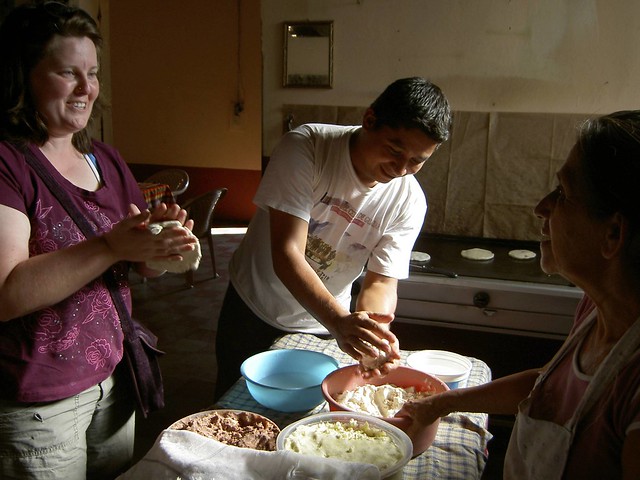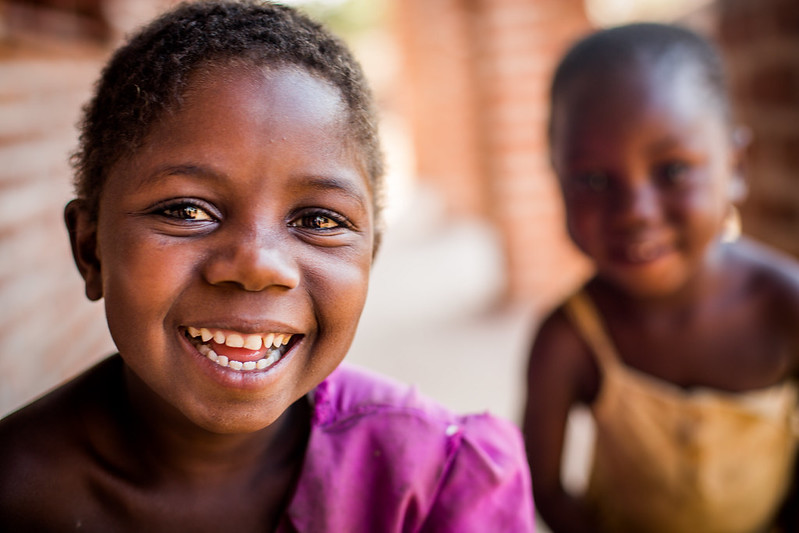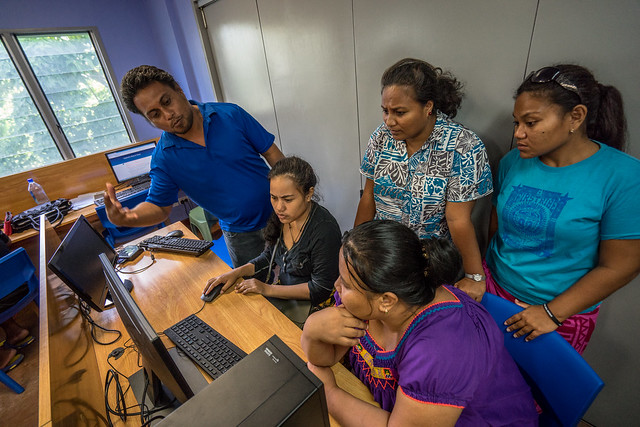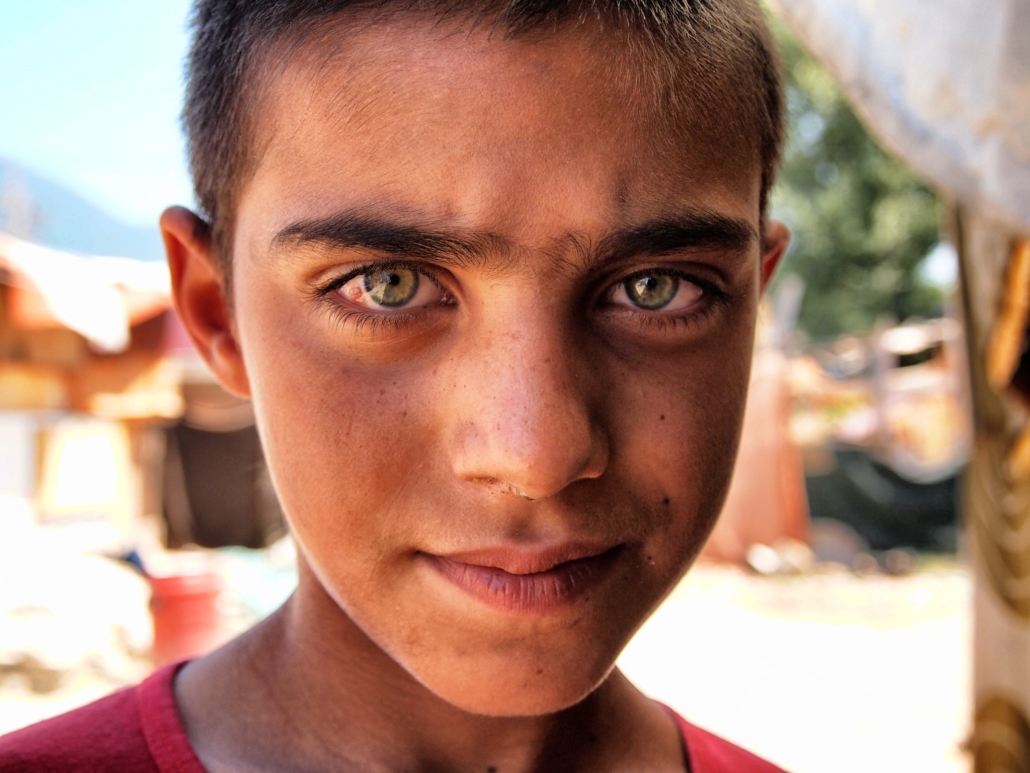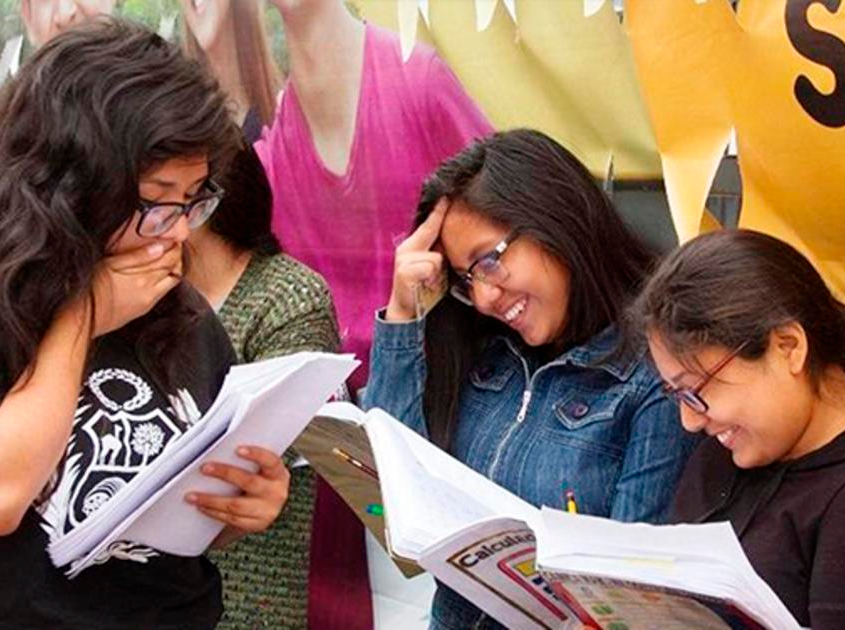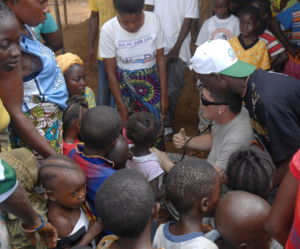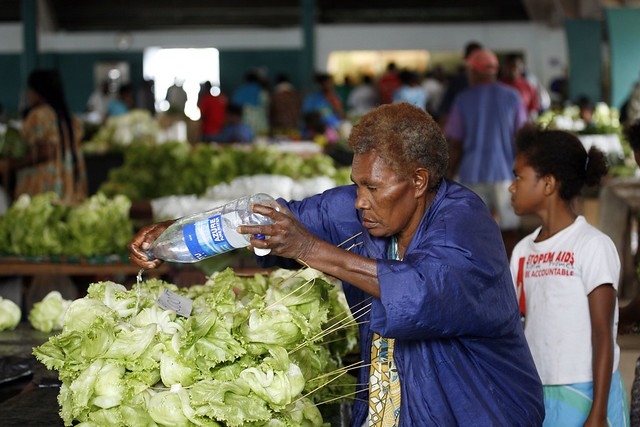The Dominican Republic is best known globally as a tropical getaway with Americans making up the majority of the tourism income. Travel and tourism alone made up 17.2 percent GDP and 16.0 percent of employment last year in the Dominican Republic. Despite its beauty, human rights in the Dominican Republic do not match the freedoms that Americans are accustomed to back in their homeland. Here are the top 10 facts about human rights in the Dominican Republic.
Top 10 Facts About Human Rights in the Dominican Republic
- Police Brutality: The National Human Rights Commission (NHRC) reported more than 180 extrajudicial killings by police forces through 2017. Reports from a top-level prosecutor and the National Commission for Human Rights implicate large amounts of corruption in the police force as a cause for the wrongful murders, nearly 15 percent of all homicides committed are done by the police.
- Incarceration: Corruption of the police force has contributed to the eroded human rights in the Dominican Republic. The United States Bureau of Democracy, Human Rights and Labor reported that there were credible allegations that prisoners paid bribes to obtain early release on parole in 2017. In the same report, prisons were said to range from acceptable conditions to awful conditions, with poor sanitation, and poor access to health-care services in severely overcrowded prisons.
- Freedom of Speech: While citizens are allowed to criticize the government of the Dominican Republic freely, there have been reports of journalists being intimidated by the government. Journalists are threatened when investigating organized crime or corruption within the government and when researching in more remote or rural locations.
- Privacy: Article 44 of the constitution of the Dominican Republic grants “the right to privacy and personal honor.” No one may enter the homes of citizens unless the police are in pursuit of a criminal blatantly committing a crime. Article 44 also grants the right to private correspondence. However, there have been reports of homes being wrongfully raided by police in impoverished areas.
- Child Labour: According to the U.S. Department of Labor Bureau of International Affairs, 28 percent of children in the Dominican Republic had to work in the agricultural sector in 2017. The government is making reforms to end the severe abusive child labor such as over-working and sex-trafficking. The government increased the Labor Inspectorate’s budget from $3.3 million to $4.8 million in 2018 and approved the National Action Plan against Human Trafficking and Illicit Smuggling of Migrants and put forth funding for more after-school programs.
- Right to Protest: Citizens of the Dominican Republic have a right to assembly, without prior permission, in lawful protest. Successful protests have occurred, such as the protest against extending the presidential term limit in order to keep President Danilo Medina from running for a third term. There was also a protest called Con Mis Hijos Te Metas (Don’t Mess With Our Children) against the Dominican’s Republic Department of Education on teaching school children about gender ideology, the proper roles for men and women in society.
- Education: The World Bank has officially approved funding of up to $100 million USD to help implement education reforms. Their main goal is to improve student learning outcomes. When the last Assessment was done 27 percent of third-grade students had reached acceptable levels in math. Through multiple new programs, the students will soon be able to compete internationally and further invest, as education is an important human right in the Dominican Republic.
- Public Healthcare: A universal healthcare system is considered among human rights in the Dominican Republic. Services provided by the public hospitals are free, but medications are not. Health insurance is taken by many of the hospitals and the Pan American Health Organization reports that in 2015, 65 percent of the population was enrolled in the Family Health Insurance system. State financing of the Family Health Insurance system aims to achieve universal coverage. 20 years since the launch of the idea of universal has been slow-going.
- Clean Water: The World Bank reports that 74 percent of inhabitants of the Dominican Republic have access to clean water. Those living in rural areas suffer without clean water, resulting in horrible illness, for example, diarrhea is causing half the deaths of children under the age of one.
- Foreign Aid: The United States has an important relationship with the Dominican Republic, especially in trade and democracy. While there is a declining poverty rate, inequalities among citizens is high. There is not enough room for growth, the U.S. continues to help address the human rights issues in the Dominican Republic.
– Nicholas Pirhalla
Photo: Pixabay

